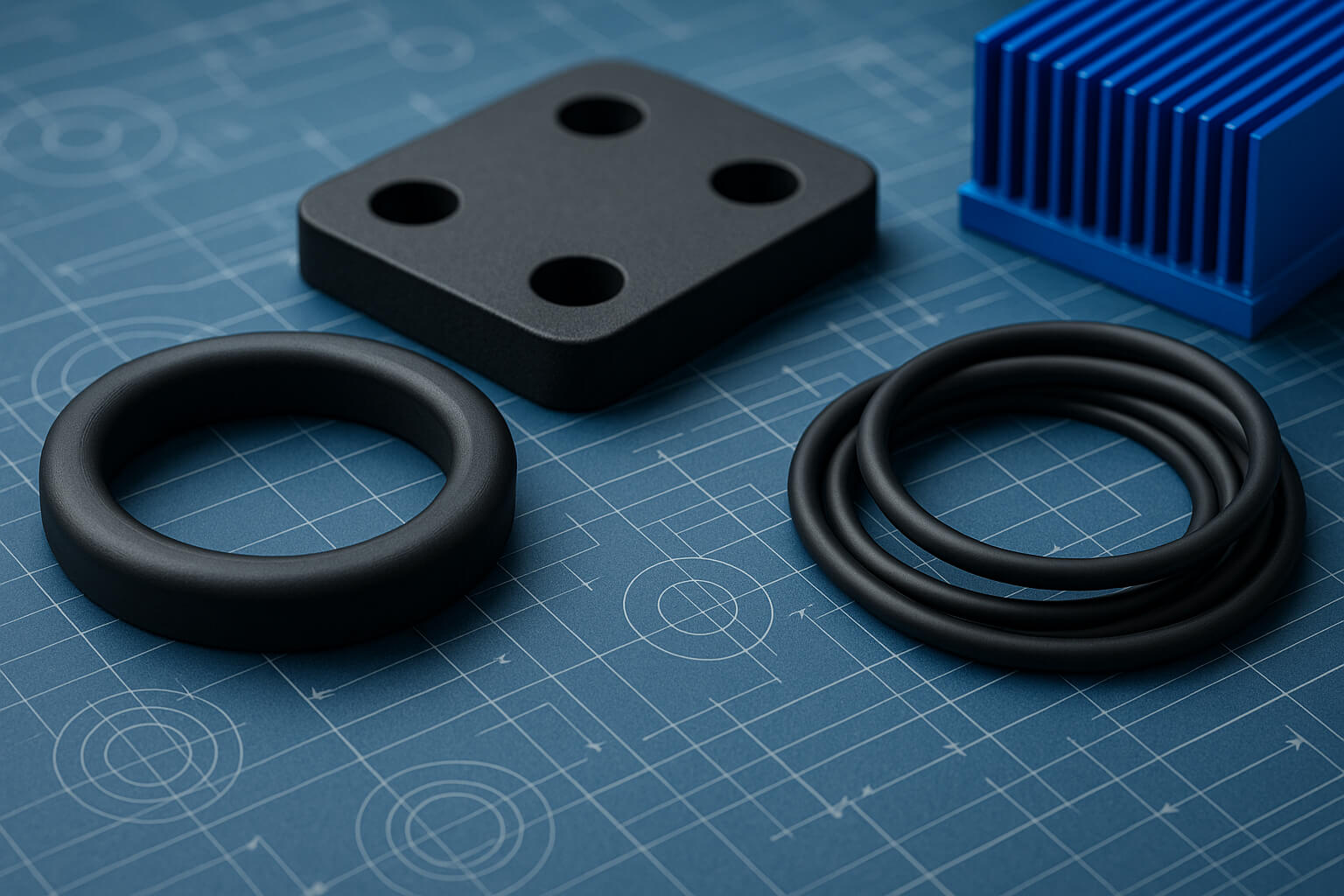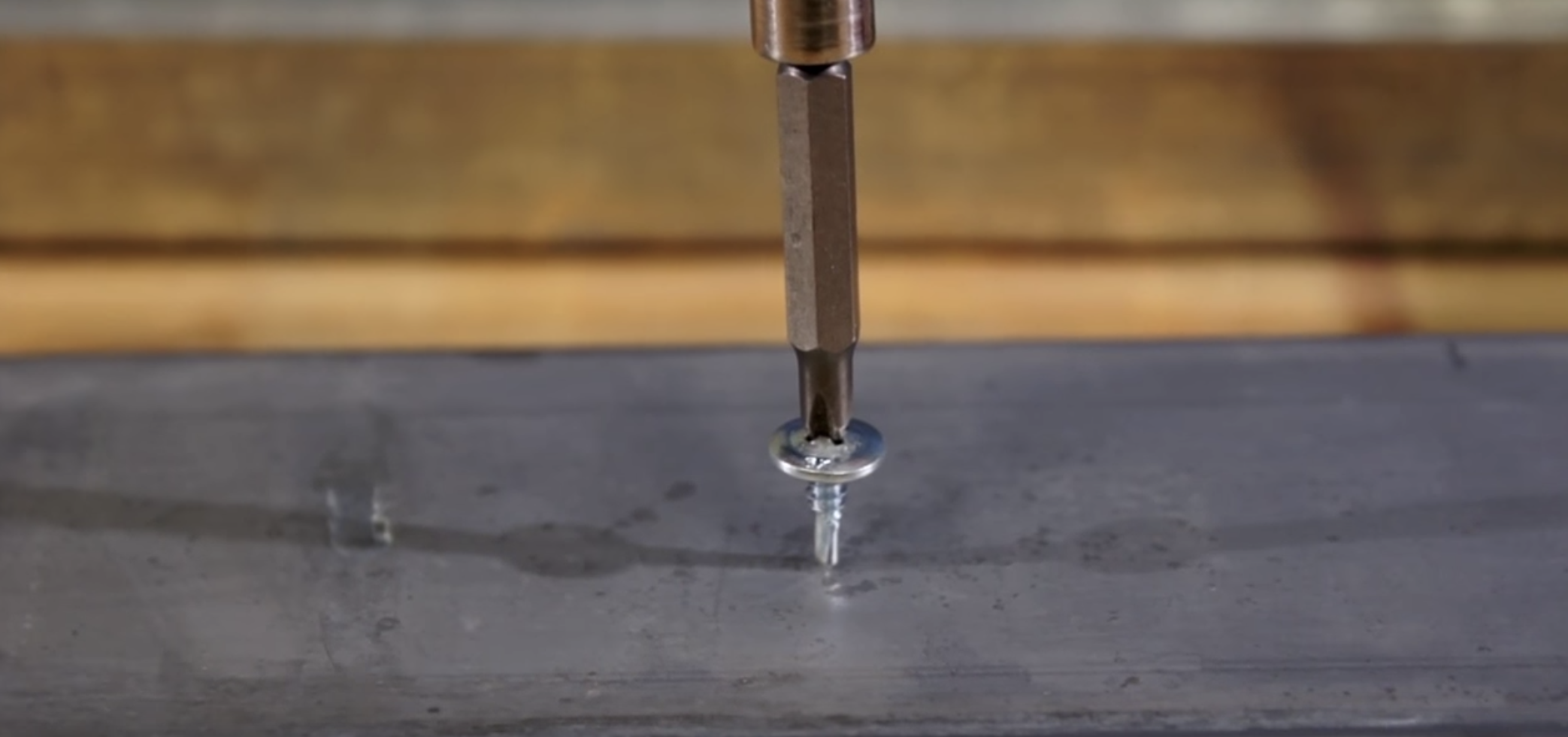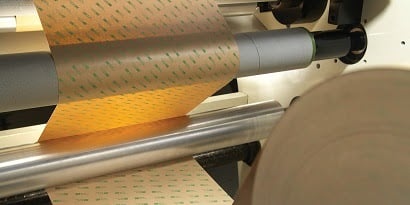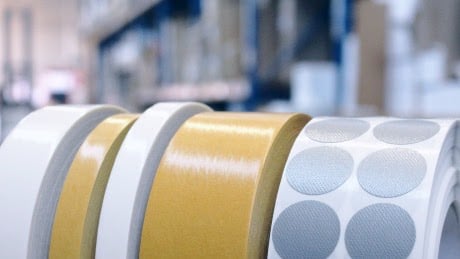
Silicone elastomers are essential materials in modern engineering, providing flexibility, durability and high-performance capabilities across various industries. Their compressibility, combined...

That’s where adhesives come in. Adhesives make an excellent case for replacing mechanical fasteners in many applications: they perform multiple functions at the same time, can decrease assembly time, and create more aesthetically pleasing products. But how do you know if adhesives are the right substitution for your project?
In this guide, Sur-Seal adhesive experts break down the types of adhesives used in HVAC applications, why they make great replacements for fasteners, and how to decide which is the best option for you to help you make an informed decision.
There are two dominant adhesive types used in place of mechanical fasteners: double-coated tape and double coated foam tape.
Both of these tapes are double-sided, and each comes in a variety of thicknesses to suit numerous applications. Both adhesives are also used with a number of carriers and are suitable for attachment to a variety of materials both metal and plastics (such as foam).
Double-coated and double coated foam tape are both acrylic-based to produce strong, long-lasting bonds that match and often exceed the performance of mechanical fasteners. There are some widely-known adhesive types, such as 3M’s Very High Bond™ (VHB) product.

Mechanical fasteners are a tried-and-true solution for holding units together. Why should you replace them with an adhesive?
Here are the benefits of replacing mechanical fasteners with adhesives in HVAC products:
Since adhesives can act as both a fastener and a gasket, they enhance the performance of a product. Adhesives can fill gaps to reduce vibration and suppress sound from noise-producing components at the same time, which makes them much more efficient than mechanical fasteners.
Now that we’ve established what types of adhesives are used as replacements, let’s look at ways to decide which one is right for your application.
There are two main questions you need to ask when selecting a fastener replacement adhesive:

The most prominent substrates in the HVAC industry are metals and plastics, and each material has its own surface energy. A material’s surface energy will drive your adhesive decision, substrates with a low surface energy or even an oily surface will require adhesives with specific characteristics. It is essential to understand your substrates, as well as whether you’re bonding metal to metal, metal to plastic, or plastic to plastic.
It’s important to remember that metal substrates are affected by the cleanliness of their surfaces. Oils and other residues will affect the material’s surface energy (usually lowering it). If you know that a substrate will have some residue on it, make sure to use adhesives specified for LSE or thoroughly clean the surface prior to apply the adhesive.
Environmental factors, like heat causing expansion and the cold causing contraction, should also factor into your decision. A double-coated acrylic tape used with foam is an excellent solution for these effects from temperature changes.
It is also important to be aware of factors like chemicals, fuel, or UV rays that can affect adhesive performance. Luckily, there are specialized tapes for these factors. Moisture is a common issue when it comes to adhesives, but since HVAC applications almost always involve moisture from condensation, it is planned for and rarely an issue.
You also need to take gaps and spacing into account when selecting a replacement adhesive. If the specified tolerances aren’t precise, you might need a thicker adhesive to meet your needs. For example, if the gap is 0.5mm at one end and another is 1mm, you need an adhesive that will compress where it is needed, but be a gap filler in others.
Finally, switching to adhesives might not be the most practical choice for all situations. If there are no gasketing requirements to meet, the cost of an adhesive can be hard to justify, as adhesives are not always cheaper than screws or bolts. Be sure to assess your needs and see whether adhesives will have a benefit on your product when making a decision.

Replacing mechanical fasteners with adhesives is a great way to enhance your HVAC products and delight your customers. While using screws and bolts in your products is acceptable, and even preferable in some applications, adhesives can do so much more than just hold surfaces together.
If you want to attach substrates while also providing gasketing attributes and improving the appearance of a unit, an adhesive is the right option. You can choose the right tape option by understanding the materials you’re working with and the environment your product will be in.
Use this guide to better understand the different factors that affect your replacement decision. With it, you’ll select the right adhesive for any HVAC application and start creating better products, all because of one simple change.